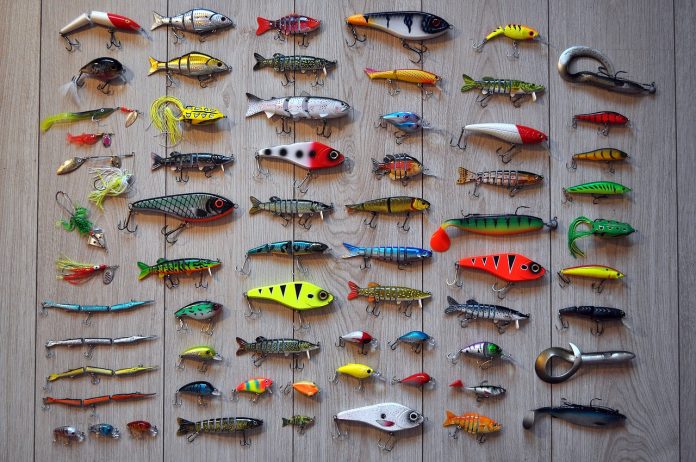You would think that after opening the wrap on a spanking new, high dollar fishing lure that the thing ought to be water-ready. As in: tie on, toss it in the lake, pull it around a while and start landing fish. Oh no. There’s one more thing. You’ve got to tune it.
Kind of like your ukulele. You know, that’s the little four-string wood thing that makes beach music sound like beach music is supposed to sound. But not until you tune it so that the strings ring true to “my dog has fleas.”
Tuning
It’s no different with fishing lures. Casting or trolling makes no difference. If a lure is out of tune, it is going to run off to the right or left, not dive and run as deep as it is designed to, or worse, simply go directly into a none stop spin.
One or more of the above maladies, and you’ve ruined any chances of the lure doing its job. Here’s the deal. Every lure needs a chance to show its stuff. So either cast or troll it first thing, every time out.
Casting will show very quickly if the lure returns straight or tracks to one side. Trollers can simply drop the lure in and let it run just a few feet behind the boat, but in sight. If it is wiggling as it should, tracking in a straight line and appears to be diving correctly, go ahead and fish it.
Tangles
More times than not, however, the lure needs a slight adjustment. Ask any serious troller who deploys multiple rods if he or she has ever experienced tangles, which in effect put each tangled line on the sidelines and out of the action.
The tangled lines and lures can be in such a mess that it becomes necessary to cut the lines and start rigging all over, all because one lure was not tuned properly and crossed another trolled line.
Interestingly, some fishing strategies can be enhanced by intentionally tuning a lure to run off to the side. An example would be while fishing the side of a rock breakwall or cluttered shoreline while operating the boat well clear of the rocks.
Correcting
So how do you correct a problem lure? Very easily is the answer. Hold the lure in one hand and use a plier or designed tuning tool to slightly bend the lure’s attachment eye. If the lure tracks to the left, bend the eye to the right. Just a little bend can and does make a huge difference. Recheck the lure in the water then like it or make another slight bend.
A lure that runs straight will dive to its intended depth. If a lure spins it may be corrected with a tilt to one side of the other. I strongly recommend that anglers who lack experience tuning lures experiment with a cheap lure or one that is just plain ugly.














